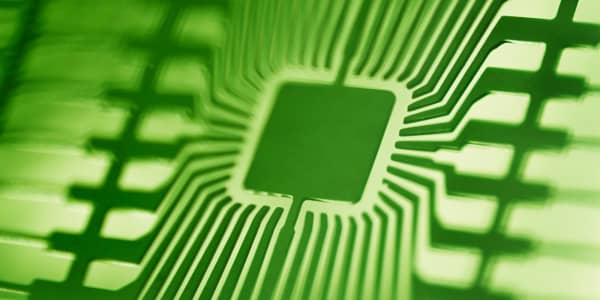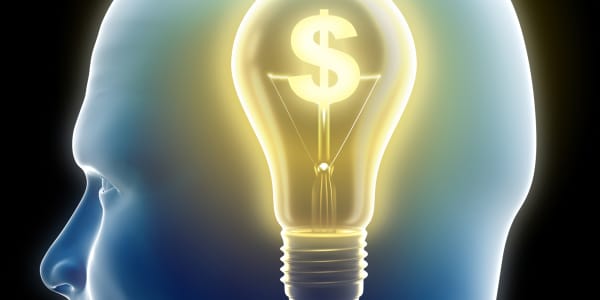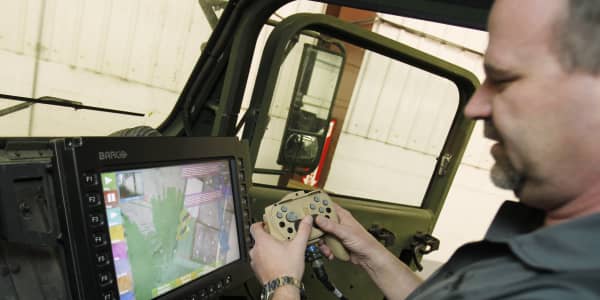
It's quite the leap from hawking the classic likes of My Little Pony, Mr. Potato Head, Play-Doh and Monopoly to the glittery world of 3-D toy printing and digital video. But Hasbro, the world's second-largest toy manufacturer, has profitably bridged that multigenerational gap due, in large part, to a corporate culture that deeply values research and development.
"R&D is critical to survival in the toy industry, and Hasbro is one of the most prolific R&D companies," said Stephanie Wissink, a senior research analyst at Piper Jaffray.
Indeed, innovation isn't child's play in the $22 billion toy and game market—30 percent of which is controlled by Hasbro and its rival Mattel—where the whims of toddlers, tykes and teenagers make or break a company's fortunes. In this dog-eat-toy marketplace, "there's a much greater need to be innovative and bring new product to the consumer," Wissink said.
The bottom line: R&D drives growth, and growth drives profits.
"R&D is a basic engine of economic and social growth," said Anne Marie Knott, professor of strategy at Washington University in St. Louis and creator of the RQ (Research Quotient) ranking of the market's smartest R&D spenders.
The 2014 CNBC RQ 50 list is the first time Knott's research appears on CNBC as a top 50 ranking, but Hasbro has long dominated this measure of R&D productivity. Hasbro is No. 30 on this year's RQ 50 list, but it marks the 21st consecutive year that the Pawtucket, Rhode Island-based toy maker has appeared on the RQ 50. (As part of the CNBC initiative, Knott ran historical RQ 50 data on all companies going back more than two decades.) Hewlett-Packard matches Hasbro with 21 appearances as well.
You can't play games with R&D
The challenges traditional toy makers face today are considerable. The current generation of children are outgrowing traditional toys at earlier ages—an especially troubling trend for a toy market that has been flat for years. Beyond television, of course, are the other devices vying for the limited attention span of today's kids, such as smartphones, tablets, digital games and robotics. There's the $20 billion video game industry, with its big title launches and Xbox One and Playstation 4 consoles.
Traditional toy makers often butt heads with their biggest distributors, such as Target, Toys 'R' Us and Wal-Mart, when they develop their own products. To complicate the situation even more, the toy business is cyclical. A big hit today may be gone tomorrow, and the ripple effects, from cost-cutting to layoffs and even bankruptcies, aren't uncommon.
"If you want to show any kind of growth, it's difficult to keep it going without new product. In fact, it's impossible," said Sean McGowan, an analyst at Needham.
Read MoreThe R&D Hall of Fame: Who got in?
The CNBC RQ 50 includes companies that spend more than $100 million annually on R&D and forecasts how much additional revenue they would gain from an increase in R&D spending. For Hasbro, whose R&D spending topped $207 million last year, it equates to $58.4 million in additional revenue opportunity if the company were to increase its R&D spend by 10 percent (total revenue in 2013 was $4.1 billion). By comparison, Mattel wasn't even close to making the RQ 50 cut this year, finishing 213th among companies that spend more than $100 million on R&D, which would only generate an increase of $36.4 million in revenue (total revenue for Mattel was $6.5 billion last year).
"The fact that a company is on the list is a signal to investors that these are savvy, intelligent companies that are quite productive and that they're exemplars of R&D best practices," Knott said.
Cutting-edge Furby
Since founded in 1923 by the Hassenfeld Brothers, Hasbro has relied on two major doctrines intrinsic to the company's philosophy: evolution and revolution. Hasbro's historical approach to investment has paid dividends and continues to be reflected in the latest efforts related to classic toy lines.
"Product development spending is a key investment for us," Duncan Billing, Hasbro's chief development officer, said in an email. He added, "We anticipate it to grow as our business grows, which historically has been in the 4.5 percent to 5 percent of revenue range."
Hasbro's annual R&D spending is expected to total an average of $219 million through 2016.
Read MoreLooking for innovation? Look away from Silicon Valley stocks
Examples of evolution at work within Hasbro R&D can be seen in the dash of digitally-based personalization that revived the popular 1990s-era Furby, which now syncs with iPad apps, and in My Monopoly, which lets players use an app or online access to produce their own photo stickers and game tiles.
The powerful Transformers franchise, launched in 1984, has moved into new media, mobile apps, publishing and new toy lines to appeal to consumers from toddlers through adults. A recent remake of the line coincides with Paramount Pictures' July release of the fourth movie in the series, "Transformers: Age of Extinction," which has already earned more than $750 million worldwide.
There's a mobile gaming partnership with Electronic Arts to update Scrabble. Partnerships with Marvel Entertainment for "Iron Man" and "Spider-Man," with Disney for "Star Wars" and with Paramount for Transformers have been extended.
After the success of the TV show "My Little Pony: Friendship Is Magic"—a so-called lifestyle brand with 200 licenses in such categories as publishing, apparel, bedding and digital gaming—Hasbro extended the line to older girls with the "Equestria Girls" TV show and doll line. Hasbro also has pushed its Nerf brand into girls' territory by creating Nerf Rebelle—the same shooters and projectiles it markets to boys but in prettier packaging.
The payoff from moving more deeply into girls' brands, long a Mattel stronghold? Hasbro's second-quarter sales in that sector jumped 10 percent.

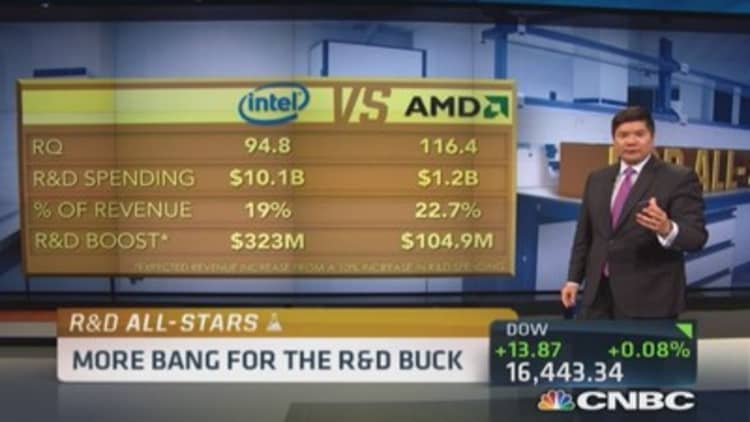
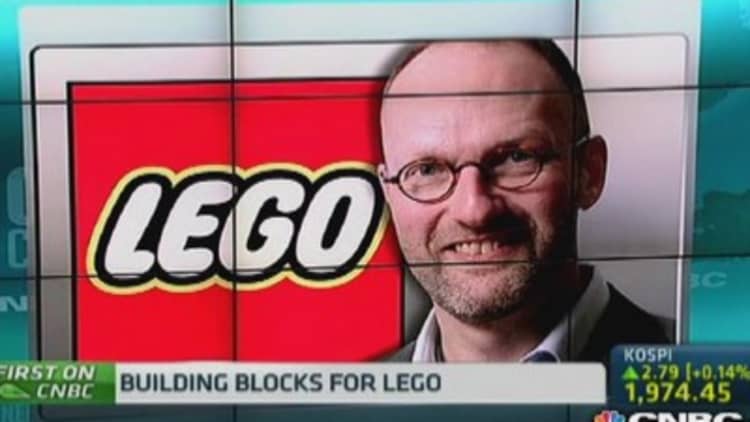
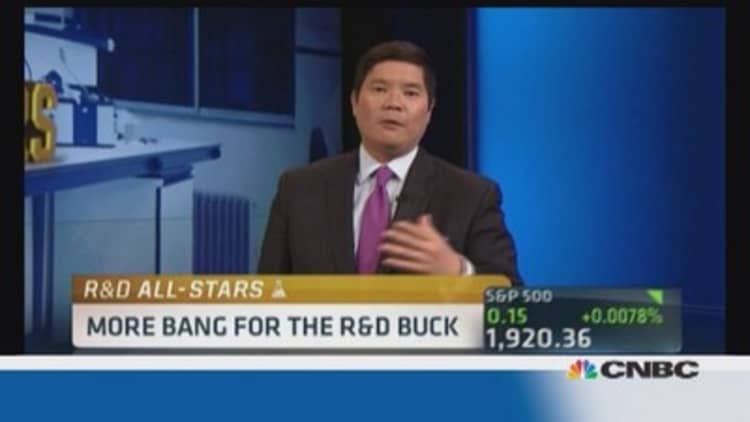
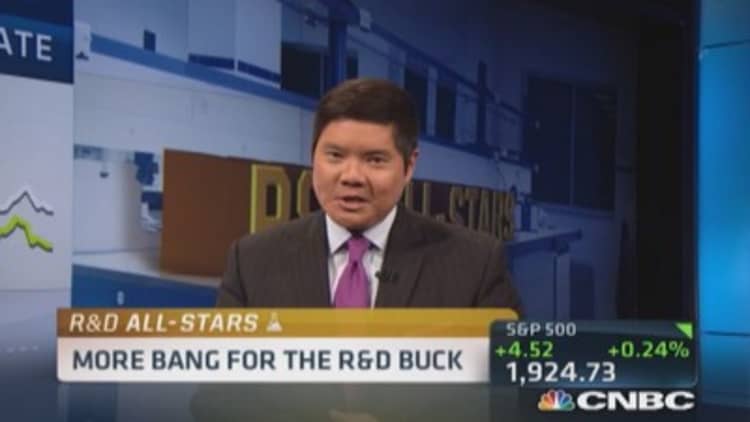
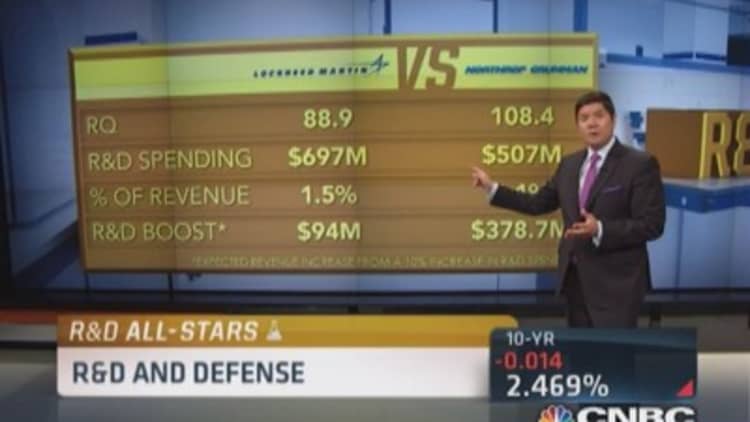
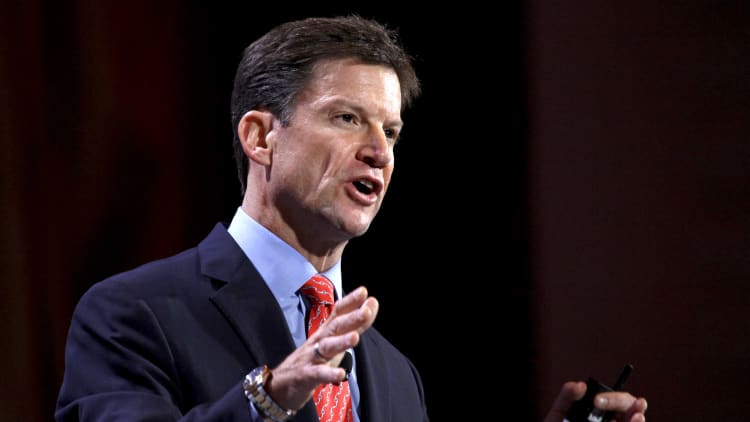
Hasbro's CEO Brian Goldner is viewed in the industry as a strong proponent of R&D. A big fan of consumer research, "he came up through Hasbro and is close to the retailers and the company's corporate insight team," Wissink said.
Since his 2008 ascension, Goldner has moved the company heavily into the video, digital and new media categories, as well as into international markets. At two of those ventures—Backflip studios and The Hub TV network—the emphasis is on entertainment. To Goldner's thinking, Hasbro is no longer a "toy" company; it's a "branded play" combine with lines into all age groups.
"Brian is very aggressive. He's very much into looking to the future and into consumer behavior to try to stay a step ahead," said Jim Silver, the editor-in-chief of TimetoPlayMag.com, a website about toy trends. "He's quick to make a decision; he doesn't wait around."
, announced in July, was inspired by the My Little Pony line. Described as "mass customization," the company will start with five artists whose work will be available for order online and printed in a colorful plastic polymer. In time, Hasbro aims to expand the partnership to more artists and more of its brands.
Play-Doh's rennaisance
In the toy industry, companies constantly reinvent themselves through new products. Not unlike baseball players, they're only as good as their last at bat, usually measured by quarterly financial results.
In this year's mixed second quarter, Hasbro reported lower-than-expected revenue as games and preschool product sales fell off. The company, however, saw strong demand for its action toys amid the release of the latest Transformers and Spider-Man movies. Total revenue rose about 8 percent to $829.3 million as international sales jumped a strong 17 percent. Sales of boys' toys, Hasbro's largest business, climbed 32 percent.
The short-term financial situation has resulted in a year-to-date decline of 10 percent for Hasbro shares. This year has been what McGowan describes as a difficult year for the toy industry as a whole (year-to-date, Mattel is down 26 percent).
Read MoreIs the US losing the innovation war?
Longer term, Hasbro has performed well under Goldner's watch.
"Goldner's a strong R&D guy, and the stock has done well since he came in as CEO," McGowan said, noting that he sees continued international market strength, as well as strong entertainment/licensing growth. Since August 2009, Hasbro shares have risen 87 percent; Mattel shares are up 95 percent during the same five-year span.
McGowan sees "substantial potential upside" next year in the new "Star Wars" movie release and the introduction of DohVinci, a new Hasbro modeling compound that's more "liquidy" than Play-Doh. With the holiday season approaching, Goldner said during Hasbro's July 21 earnings conference call with analysts that he's betting big on My Monopoly, Simon Swipe and Battle Masters, featuring Transformers and Marvel Comics characters, to boost sales.
"Creating innovative brand experiences for our consumers is what drives our business and ultimately creates shareholder value," Billing said.
—By Bob Diddlebock, special to CNBC.com



